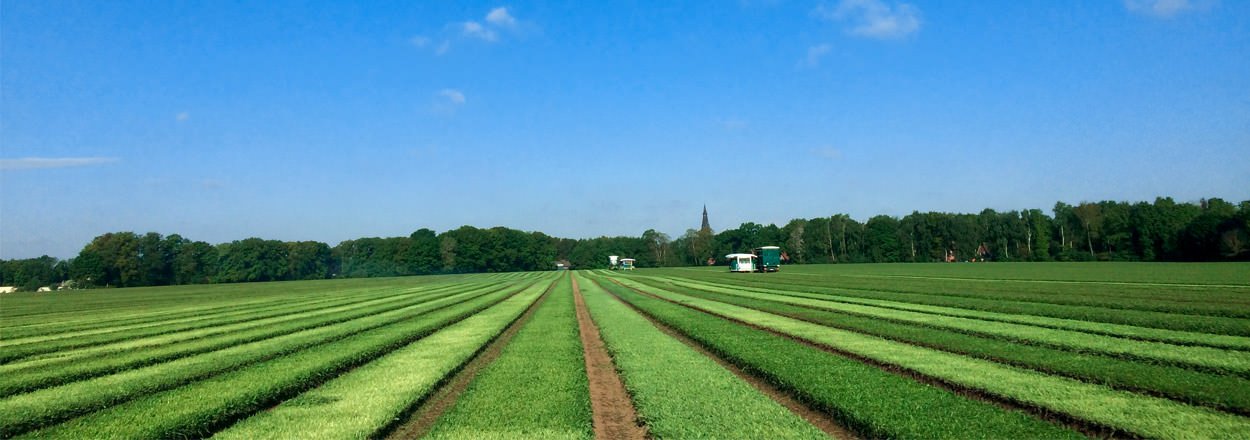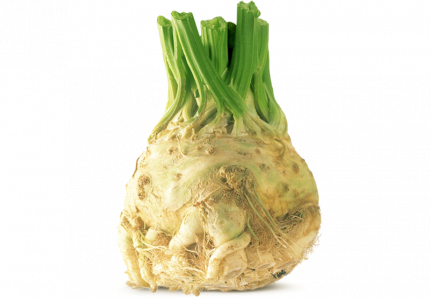Growing
Celeriac has a long vegetation time and is therefore only planted as a seedling, not sown directly. When planting, it is important to ensure that the vegetation point is not covered with soil. Planting it too shallow encourages a lot of side roots to form. The celeriac needs plenty of water during the main growth phase in July and August. The celeriac can be harvested from August, by cutting flat below the bulb with a knife. This leaves the main root mass in the ground. For storage, the bulbs are harvested before the first frost and the roots and leaves removed. The bulb itself should be harmed as little as possible. The leaves of the celeriac can be eaten fresh or dried for use as a seasoning.
Nutrients
Vitamin B6 (pyridoxine) and phosphorus are noteworthy in celeriac.
Preparation
Remove the leaves from the bulb and wash the bulb, scrubbing thoroughly. Cut off any gnarled or branched parts. Celeriac is a typical ingredient in soups, but can also be eaten in salads. Celeriac escalopes are also popular; the cleaned bulb is cut into slices, breadcrumbed and fried. The leaves of the celeriac can be eaten fresh or dried for use as a seasoning for soup.
Storage/preservation
If the leaves of the celeriac are also to be used, it can be stored for around a week in the fridge – much longer if the leaves are removed. Celeriac can be stored in damp sand in the basement. Cut off the roots and twist off the outer leaves first. Celeriac can be dried in thin slices or rings, together with carrot and leek pieces, to make ready-to-use soup seasoning.

